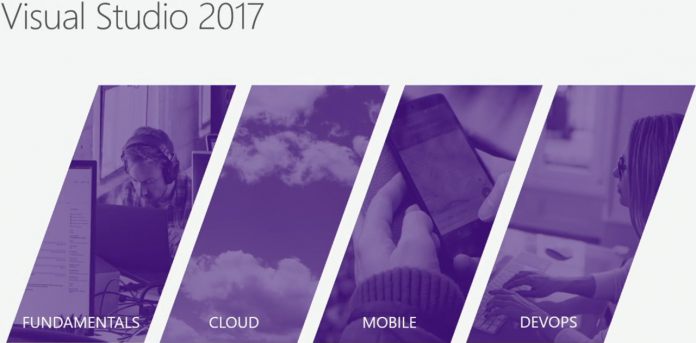Perhaps the biggest change is what Microsoft describes as Step Back for C++. This is an historical debugging scenario that allows Visual Studio 2017 to take snapshots of an applications stack when it is running. To achieve this, Vis Studio works with runtime to allow developers to reach a breakpoint and step backward and forwards from that point. Importantly, Step Back provides full access to the stack, watch windows, and variables from the breakpoints. “It also makes it easy to compare the state of your application at two different points. Better yet, the diagnostic tools window contains a list of all the states that you can jump to – just double click on your desired event in the diagnostic tools window.” Elsewhere in Visual Studio 2017 version 15.9, .NET Core tooling has been updated. Microsoft admits the way it previously handled .NET Core SDKs in Vis Studio was confusing. To rectify the situation, the company changed how .NET Core tools deals with the SKD. “For stable releases of Visual Studio, the latest stable release of an SDK will be used by default. Before, the tools would use whatever latest version was on your machine, regardless of whether it is stable. This change will make use of .NET Core within Visual Studio more predictable.”
More Features
Configuring Visual Studio for installation has also been cumbersome on the past. Microsoft has used version 15.9 to simplify saving an installation configuration. Finally, the company has also created more tools for developers on the Universal Windows Platform (UWP). Specifically, Microsoft has added support for the Windows 10 October 2018 Update SDK, the ability to build. msix installation and performance and reliability improvements.




